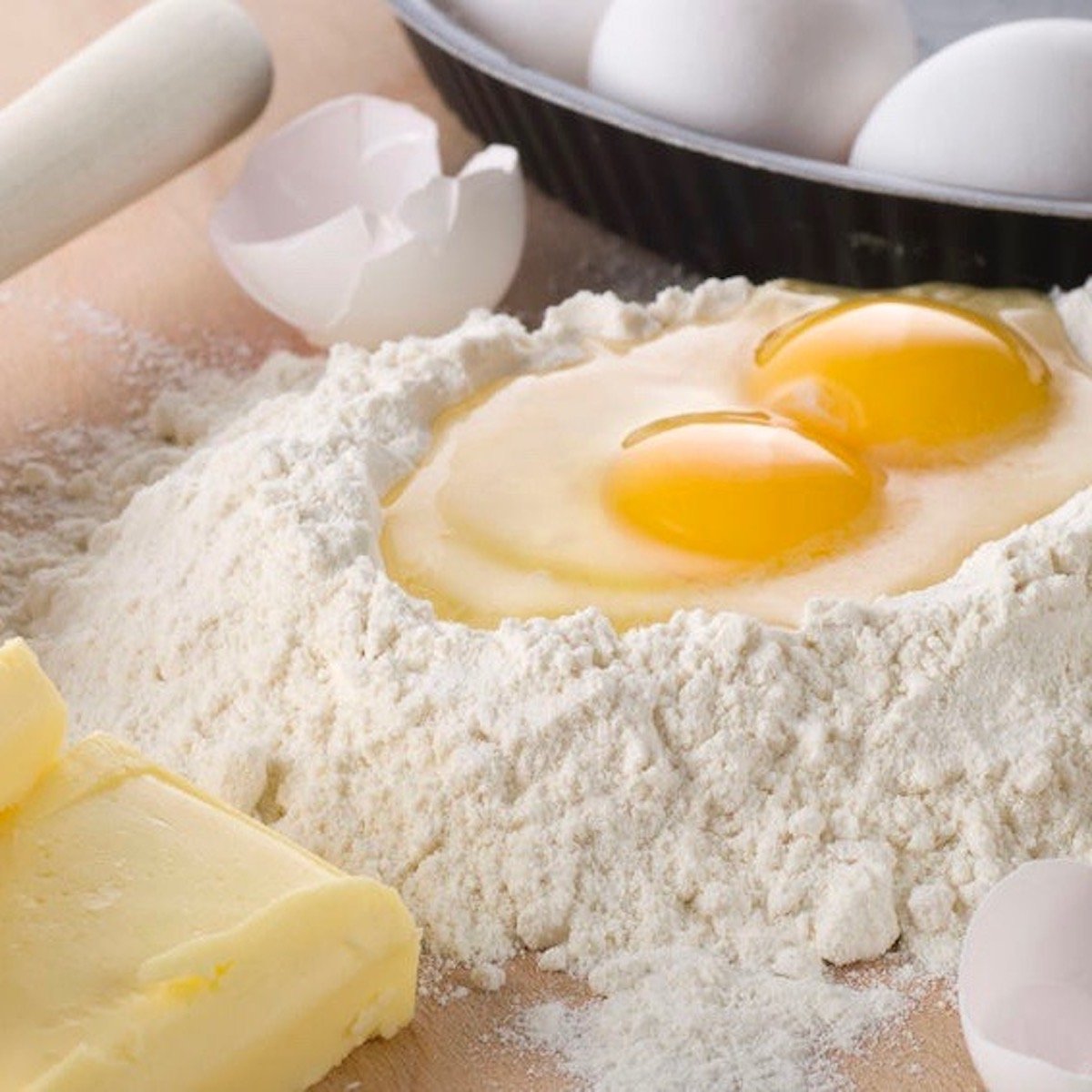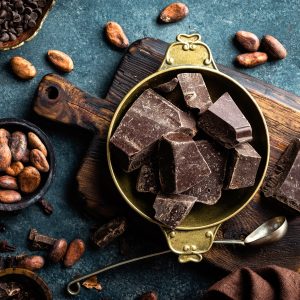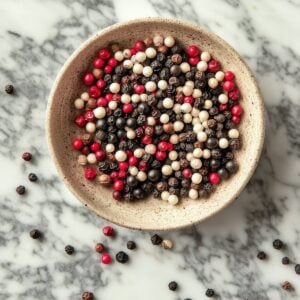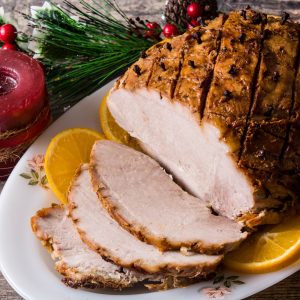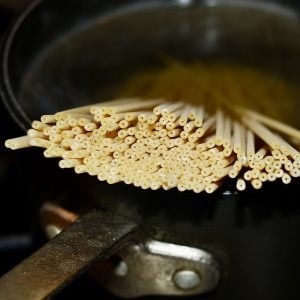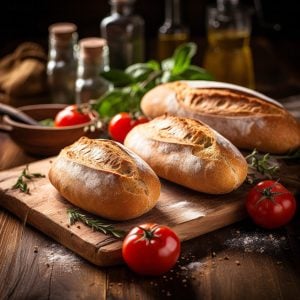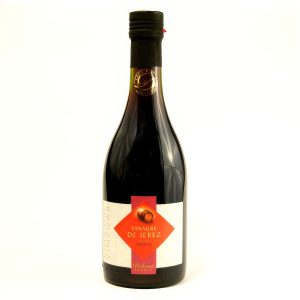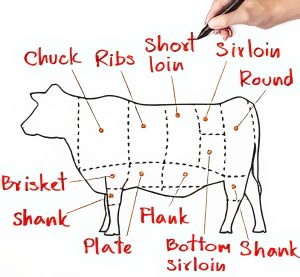Heirloom Apples Abound
This weekend I had the opportunity to attend a Fall apple tasting at the Historic Harriton House in Bryn Mawr, Pennsylvania. Hosted by curator Bruce Gill, who collects heirloom apples from various locations throughout the area, some varieties over 300 years old are still grown for eating “out of hand”, baking into pies, and making into cider and apple vinegar.
We tasted every one of the dozens of varieties. There were tart, sweet, soft-fleshed, firm apples plus red, green, yellow, and even striped apples. Most of us are familiar with the varieties you can find in your local supermarket, like Cortland, Red Delicious, Golden Delicious, Empire, Fuji, Gala, and McIntosh. Some of those varieties were at this tasting, but then there were these others I’ve never heard of that you can see below.
Was Johnny Appleseed Real or Fiction?
I have to admit, I always thought Johnny Appleseed was a fictional character my parents told me about when I was a kid growing up, but it turns out he was real. John “Johnny Appleseed” Chapman was born on September 26, 1774, in Leominster, Massachusetts. According to sources online, Johnny left Massachusetts with his 11-year-old brother at the age of 18 and “headed west in 1792.”
According to the brochure at the apple tasting, “The folklore legend roamed the plains and planted seeds for making hard cider! He wandered the country, usually barefoot, and with a cooking pot on his head for most of his adult life, planting apple trees, teaching the Bible, telling stories, and befriending Native Americans, wild animals, and other settlers.”
I don’t know how accurate that is because there is so much conflicting information online about this folkloric figure. The popular folklore is Johnny Appleseed wandering around spreading apple seeds everywhere he went. Still, according to Wikipedia, “he planted nurseries rather than orchards, built fences around them to protect them from livestock, left the nurseries in the care of a neighbor who sold trees on shares, and returned every year or two to tend the nursery.”
It doesn’t matter which stories are correct; John Chapman was responsible for producing and spreading many varieties of apples throughout Pennsylvania and Ohio.
A Sample of Heirloom Apples We Tasted
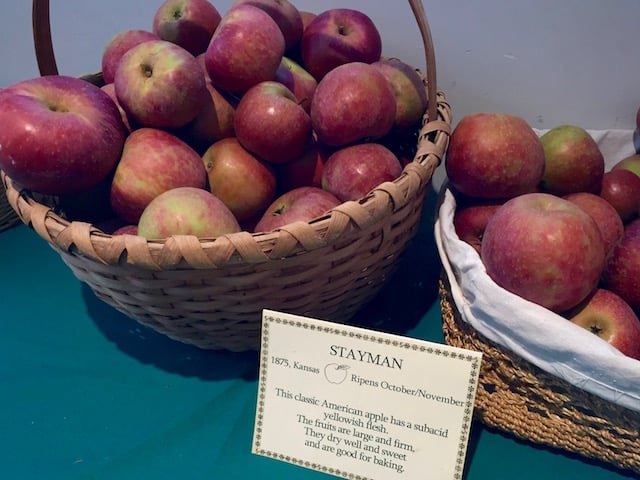 Stayman Apples – 1875
Stayman Apples – 1875
This classic American apple has a yellowish flesh that is sub-acid. The fruits are large and firm. They dry well, are sweet, and are good for baking.

Northern Spy Apples – 1800, New York
These incredibly large, juicy, sub-acid fruits have a firm yellowish flesh. The trees are usually large. The apples are good for pie and eating out of hand.
 Esopus Spitzenburg – 1790 – New York
Esopus Spitzenburg – 1790 – New York
This was one of my daughter’s favorites. This classic American dessert apple with spicy yellow flesh was Thomas Jefferson’s favorite apple. It is a very good keeper, meaning it will last a long time in a cold cellar.
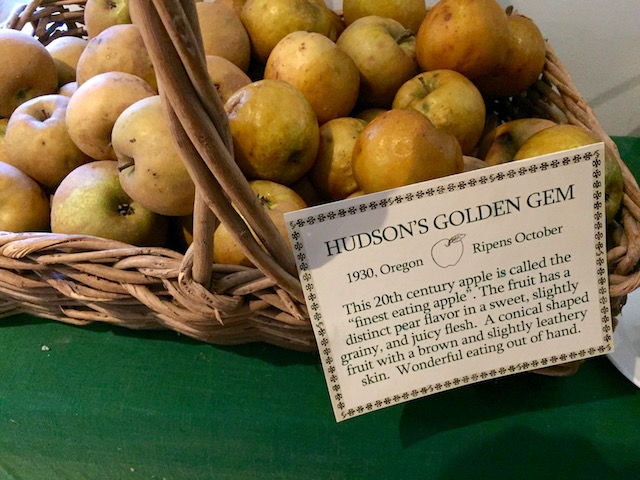 Hudson’s Golden Gem – 1930 – Oregon
Hudson’s Golden Gem – 1930 – Oregon
This was my favorite apple of the day. A 20th-century apple is called the “finest-eating apple”. The fruit has a distinct pear flavor in a sweet, slightly grainy and juicy flesh. A conical shaped fruit with a brown and slightly leathery skin. Wonderful eating out of hand.
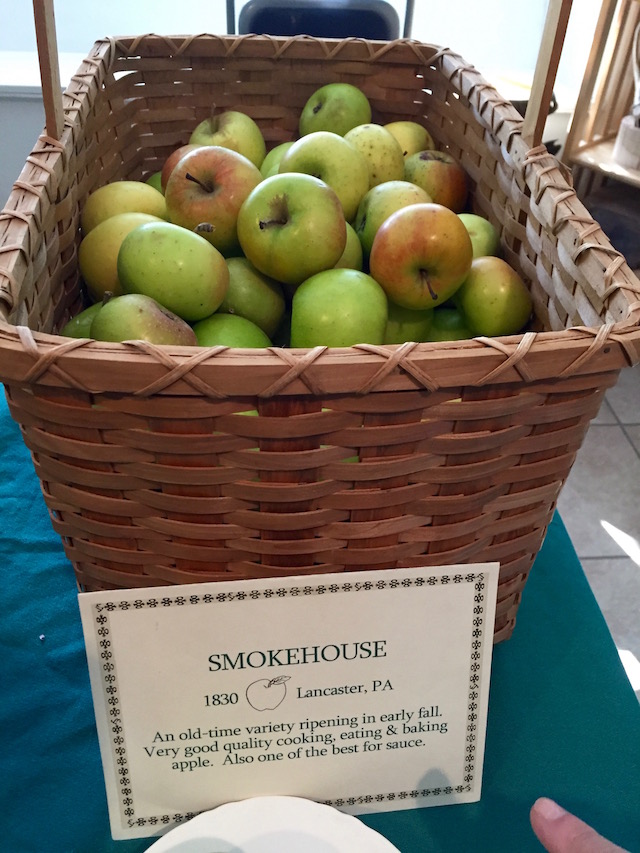 Smokehouse Apple – 1830 – Lancaster, PA
Smokehouse Apple – 1830 – Lancaster, PA
An old-time variety ripening in early fall, this apple is very good for cooking, eating, and baking. It is also one of the best for sauces.
 Braeburn Apple
Braeburn Apple
The overall flavor is sharp and refreshing but with a good balance of sweetness. It is wonderful for cooking or for eating fresh. This medium-to-large apple is a heavy producer. It ripens late October and has a long storage life. The skin is green overlaid with broad stripes of dark crimson.
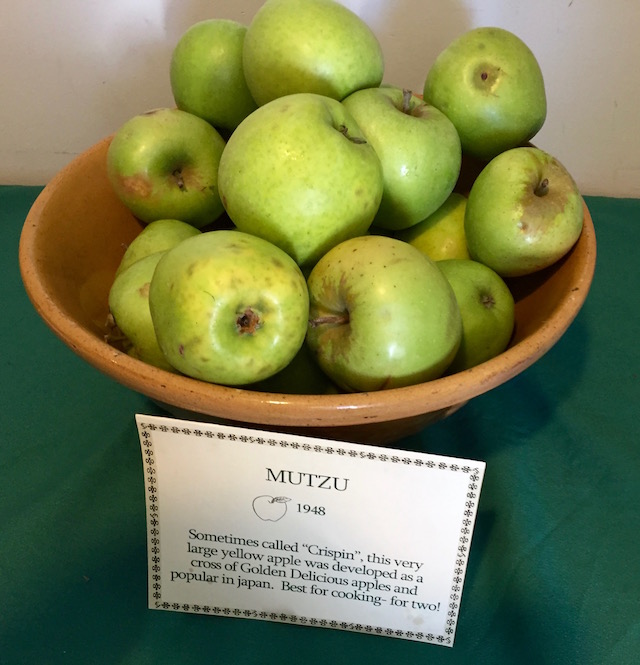 Mutzu Apples – 1948
Mutzu Apples – 1948
Sometimes called “Crispin,” this very large yellow apple was developed as a cross between Golden Delicious apples and is popular in Japan. It is best for cooking.
 Jonagold Apples – 1953 – New York
Jonagold Apples – 1953 – New York
A very high-quality dessert and cooking apple. Large, pretty fruit with red stripes over bright yellow. The #1 apple in Europe.

